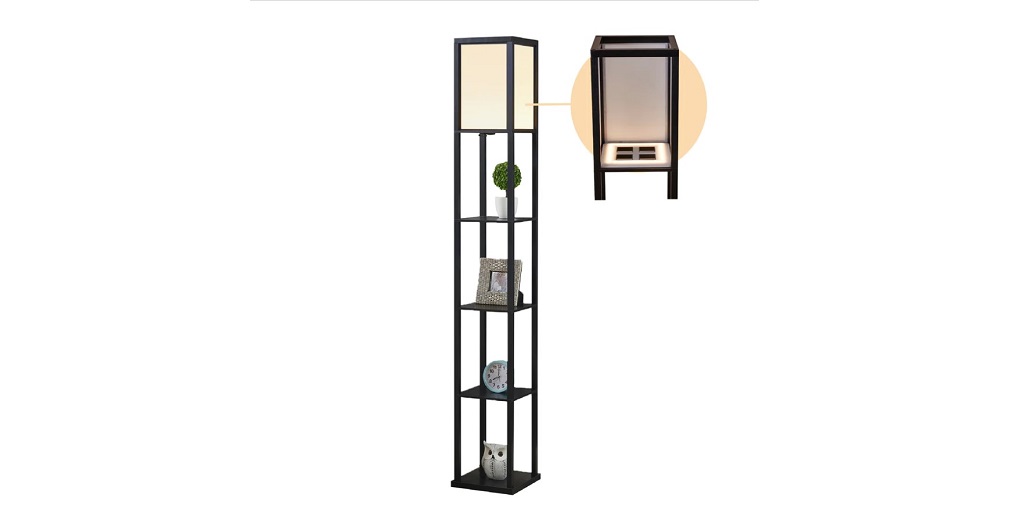
Seasonal affective disorder, also known as seasonal depression or SAD, is a condition that affects millions of Americans each year, and likely many more around the world.
While experts aren’t sure of the exact cause of seasonal affective disorder, it is believed to be the result of changes in the daylight and weather that occur during the winter months of the year.
The current theory is that shorter daylight hours in the winter months affect the body’s circadian rhythm, throwing the “internal clock” out of sync. Changing seasons may also disrupt the production of hormones such as serotonin and melatonin, which affect mood and sleep patterns, respectively.
If you’re one of the many around the country that feel the effects of this condition, here are some things you can do at home that may give you some relief.
Light Up Your Home with a Dimmable Floor Lamp
Since the prevailing theory regarding seasonal affective disorder is that changes in natural light precipitate it, variable forms of light therapy are believed to help with the symptoms.
Dawn simulators and light boxes can both be used to provide additional supplemental light throughout the day and some users find them helpful.
Another potential option is to rearrange your indoor living spaces or invest in a dimmable floor lamp that will give you better control over the ambient lighting in your home. A dark corner or a naturally dark room is the perfect place for a new lamp that can help throw some extra light on a setting.
If you’re thinking about adding a new dimmable floor lamp to your setting, consider swapping out the light bulb for a full-spectrum LED bulb. These are made to closely replicate the spectrum of natural daylight and may be helpful for people suffering from seasonal affective disorder.
Prioritize Relationships
While some find supplemental light therapy (in its various forms) to be helpful, others take solace through socializing.
After all, there must be some merit to this. Social interaction provides a wealth of benefits and not just during the winter months.
Those that spend more time with friends and loved ones experience lightened moods, and feelings of wellness, safety, and security. Moreover, social interaction may be effective at lowering the risk of dementia and other health conditions.
Most importantly, socialization has been shown to release serotonin, dopamine and oxytocin, three powerful hormones that improve feelings of wellness, boost mood, and uplift the spirits.
Consider Aromatherapy
There is also some evidence that the use of essential and aromatic oils in aromatherapy may also be effective at combating the symptoms of seasonal affective disorder.
A recent study has suggested that select essential oils may not only be able to fight feelings of depression but may also be able to combat the symptoms of anxiety and certain sleep disorder problems.
There are a wide range of essential oils used in aromatherapy that may be beneficial for the mood. Some of these are lavender, ylang ylang, lemon, orange, bergamot, peppermint, rose, and sandalwood, though there are many others.
There is also no shortage of ways to safely use these natural essential oils in aromatherapy. The use of sprays, diffusers and special body oils may all be effective.
Stick to a Schedule
Finally, some who suffer from SAD find that sticking to a schedule helps them mitigate some of the symptoms.
Sticking to a consistent sleep schedule can help combat feelings of sadness and irritability. Try to expose yourself to light sources at consistent times and stick to a consistent eating and sleeping schedule, too.
Then again, this is a relatively healthy practice to adopt at all times of the year, too and may not only be effective at promoting better sleep but at fighting weight gain.
Put some of these practices into play this season and see if they help.


